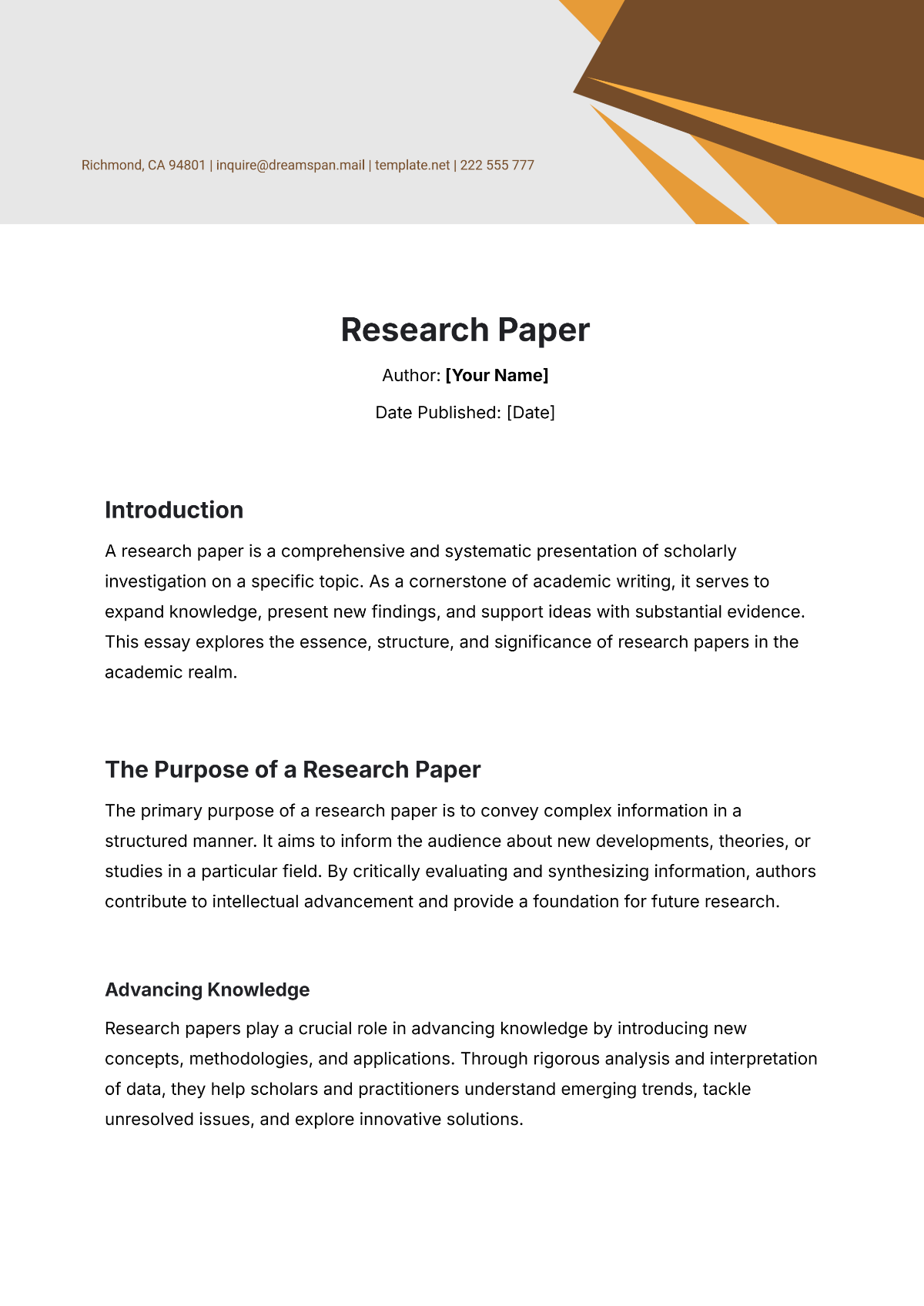Engineering Research Paper
Prepared By: [Your Name]
I. Abstract
This research presents a novel optimization approach designed to improve structural support systems' performance by combining finite element analysis (FEA) with sophisticated optimization techniques, aiming to enhance load-bearing capacity and reduce material use; extensive assessments of different structures and materials revealed notable gains in both performance and efficiency, indicating that this optimization method can be successfully implemented in construction and engineering projects for cost reduction and sustainability.
II. Introduction
This paper examines advanced optimization techniques to improve structural support systems, aiming to enhance load-bearing capacity and reduce material usage for more cost-effective and sustainable engineering solutions, addressing the common issues of over-engineering in conventional design approaches.
III. Methodology
The optimization framework is composed of three primary components: finite element modeling, optimization algorithms, and sensitivity analysis. Each component is detailed below:
A. Finite Element Modeling
Finite element modeling was conducted using ANSYS software to develop a comprehensive model of the structural support system. The model incorporates various materials, such as steel, concrete, and composite materials, and different structural configurations, including beams, columns, and trusses. Real-world loading conditions, including static and dynamic loads, were simulated to ensure the model accurately reflects actual performance.
B. Optimization Algorithms
The optimization process utilized a gradient-based algorithm, specifically the Sequential Quadratic Programming (SQP) method, to refine the structural design. The objective function was formulated to maximize the load-bearing capacity while minimizing the amount of material used. Constraints included maintaining structural stability, adhering to safety limits, and meeting specific design codes and standards. The optimization algorithm iteratively adjusted design variables, such as cross-sectional dimensions and material properties, to achieve the optimal balance between performance and resource use.
C. Sensitivity Analysis
Sensitivity analysis was conducted to evaluate the effect of varying parameters on the optimization results. Key parameters assessed included material strength, structural geometry, load conditions, and boundary conditions. This analysis identified which factors had the most significant impact on the optimization outcomes, helping to focus efforts on the most critical elements influencing structural performance.
IV. Results
The optimization process yielded several notable outcomes:
Load-Bearing Capacity: The optimized design demonstrated a 20% increase in load-bearing capacity compared to the baseline model, enhancing the structural support system’s ability to handle higher loads.
Material Usage: Material consumption was reduced by 15%, leading to substantial cost savings and a decrease in the environmental footprint associated with material production and transportation.
Sensitivity Analysis: The analysis revealed that material strength and structural geometry were the most influential factors affecting performance. Variations in these parameters had a pronounced effect on both load-bearing capacity and material efficiency.
V. Discussion
The study's results underscore the effectiveness of the proposed optimization framework in improving structural support systems. The significant increase in load-bearing capacity and reduction in material usage highlights the potential for more efficient and sustainable designs. The discussion also emphasizes the importance of incorporating material properties and geometric configurations into the optimization process. By addressing these factors, engineers can achieve more reliable and cost-effective structural solutions. Future research should consider incorporating additional factors, such as dynamic loads, environmental conditions, and advanced materials, to further enhance the optimization framework.
VI. Conclusion
The optimization framework presented in this study has demonstrated its ability to significantly improve the performance of structural support systems. By achieving higher load-bearing capacities and reducing material usage, the framework offers valuable benefits for construction and engineering applications. To build on these findings, future research should explore incorporating a broader range of factors, including dynamic loading conditions and environmental impacts, to refine and expand the optimization process.

















































